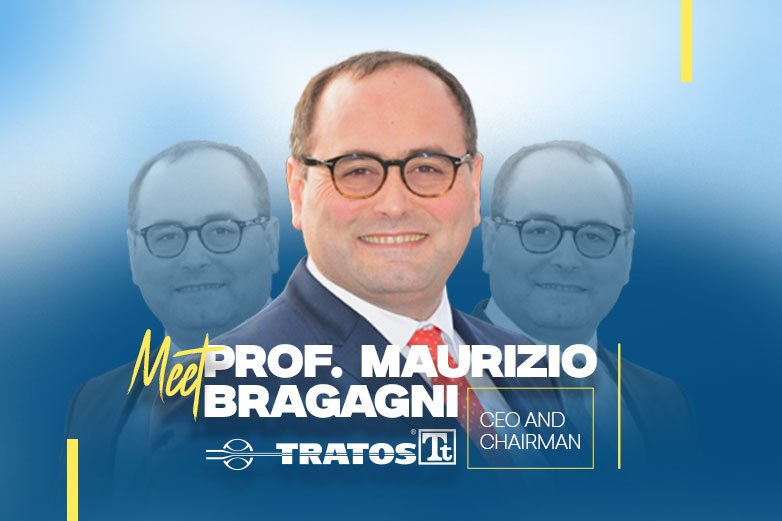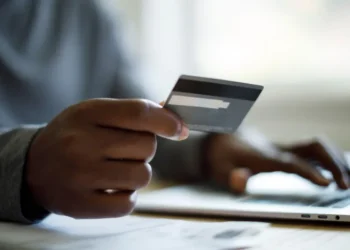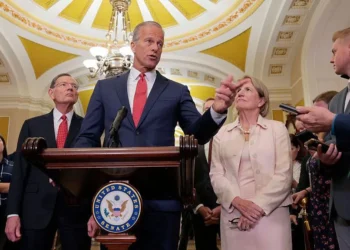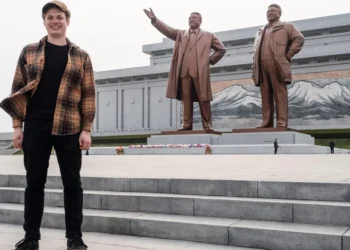On April 2, US President Donald Trump proposed fresh tariffs, causing a significant reversal in global markets’ attitude. The rally started with FOMO (fear of missing out) but swiftly became FOSI (fear of staying in). In just a few days, the market’s volatility index (VIX), which measures investor concern, increased from 15 to nearly 60.
The ancient adage, “When the US sneezes, the world catches a cold,” has once again proven true. However, this time, the sneeze was self-induced. The sudden scale and basic technique of the levies surprised markets.
To understand the market’s reaction, it’s worth recalling that similar steep reductions have only occurred twice in the past two decades: during the 2008-09 global financial crisis (GFC) and the 2020 Covid crash.
However, there is a critical divergence. The COVID-induced selloff was a Black Swan event, an “unknown unknown.” On March 23, 2020 (my birthday), the S&P 500 reached a low of 2,191. Investors fled for safety. However, rapid policy measures and medical advancements helped stabilize attitudes. By the end of 2020, the index had recovered to 3,756, and a year later, it was at 3,910. Markets may take longer to recover, but they eventually do.
The Trump Tariffs are similar to the Global Financial Crisis, creating a “known unknown” situation. Many seasoned analysts misjudged the systemic ripple effects despite warning indicators. In 2008, hedge fund manager John Paulson predicted the implosion of subprime mortgages. I was working with a prominent hedge fund in New York at the time, and the prevailing consensus was positive. Credit agencies gave AAA ratings to harmful assets, which quickly sold.
Also Read:
Connecting Cultures and Bridging Barriers Across Borders: Dr. Csilla Rostas
Ahmed Alqadeeb: Leadership and Business Growth in Saudi Arabia































































